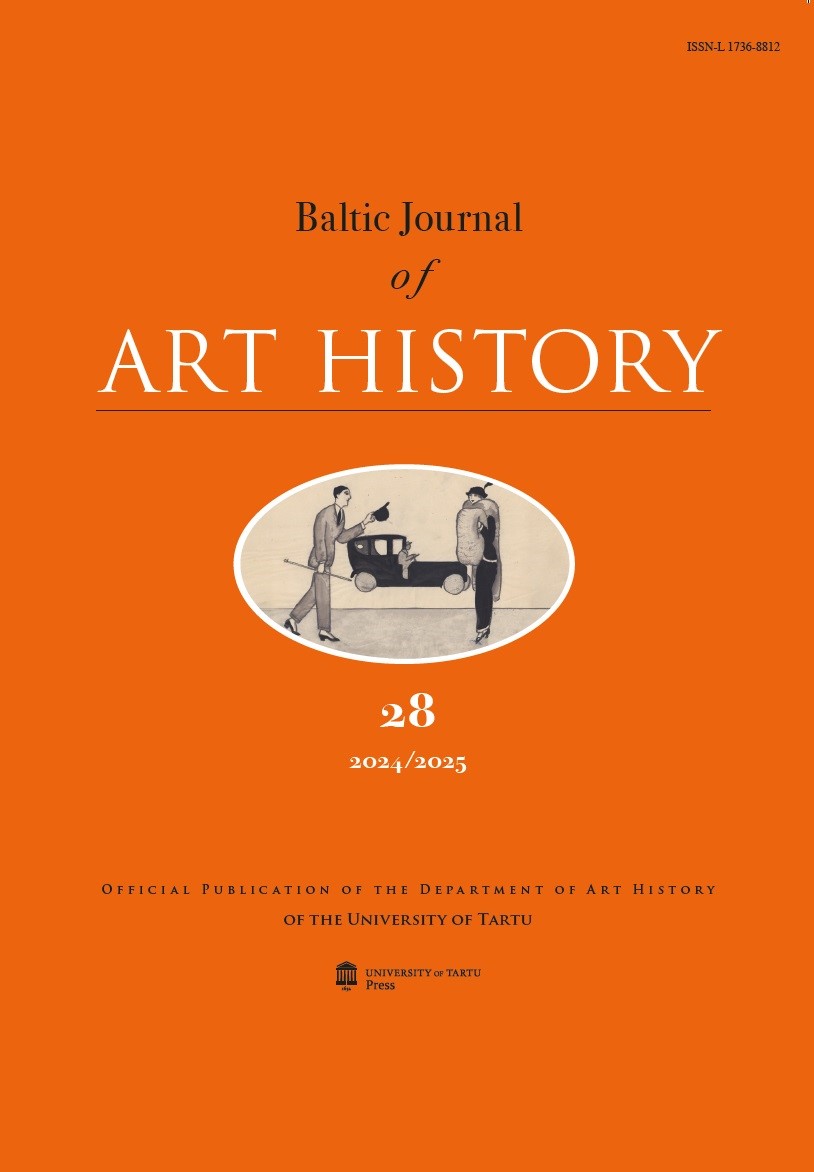A Birch Bark Tar Figurine from the Pulli Settlement Site in Estonia
DOI:
https://doi.org/10.12697/BJAH.2025.28.02Keywords:
Mesolithic, birch bark tar, figurine, Stone Age Art, Pulli settlement site, Baltic StatesAbstract
The oldest art objects in the Eastern Baltic region date back to the
Mesolithic period, while portable figurines are only known from the
second half of the 7th millennium BC. These figurines, made of bone or
antler, are rare. Our article focuses on a unique zoomorphic birch bark
tar figurine discovered at the Pulli settlement site (8950–8300 BC). A
comprehensive analysis was conducted, complementing previously
published chemical analyses. The methods included microscopic
examination of surface treatment traces, direct radiocarbon dating,
3D scanning, photogrammetry, and computed tomography. The
results indicate that the figurine’s shape was deliberately formed
through intentional scraping or planing, particularly in the neck and
head areas. Preservatives used on the figurine penetrated through
deep cracks, influencing the outcomes of chemical and radiocarbon
analyses. This artefact, probably representing a seal, has no known
analogues among the hunter-fisher-gatherer art of the Mesolithic
period (9000–6000/2800 BC) in the European forest zone. It is probably
the oldest portable figurine from the Eastern Baltic region.

